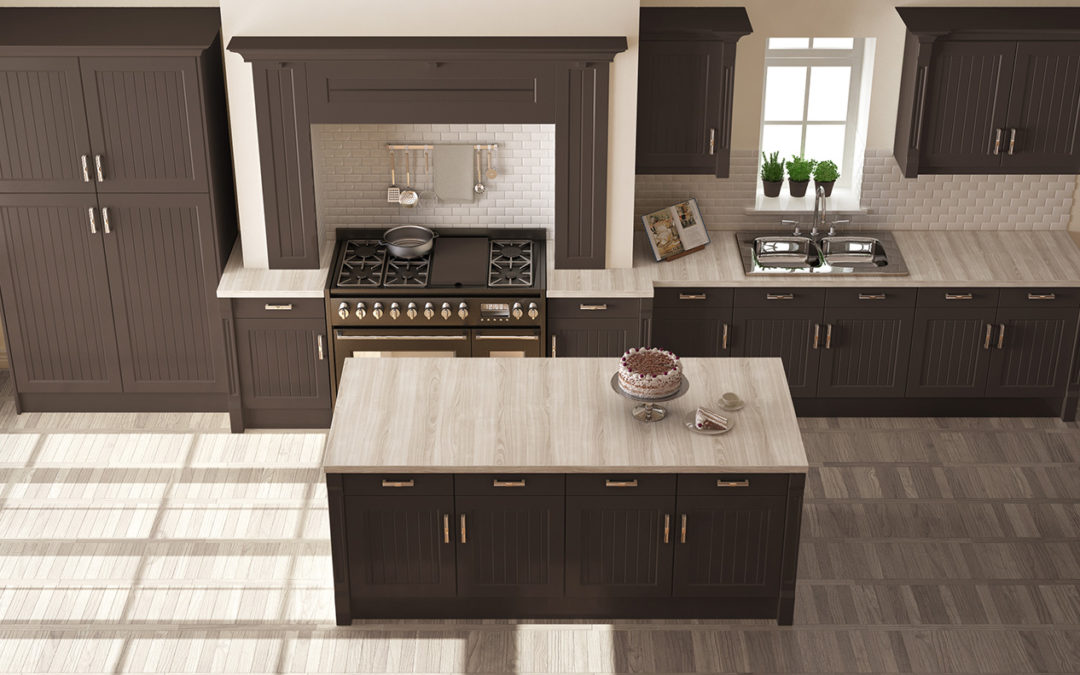How to Hire a Kitchen Contractor – A Homeowner’s Guide

Contractor Selection Guide
A kitchen remodel is one of the most rewarding home improvement projects, but finding the right kitchen contractor can make or break your experience. Whether you’re updating cabinets, replacing countertops, or doing a full renovation, hiring the right professional ensures a smooth and successful transformation. Here’s a step-by-step guide to help you hire a trustworthy kitchen contractor.
1. Define Your Project Goals
Before reaching out to contractors, outline what you want to achieve. Are you looking for a simple refresh, such as new cabinet doors and a backsplash, or a complete remodel with layout changes? Knowing your scope will help you communicate effectively and get accurate estimates.
2. Research Local Contractors
Colorado has a variety of home remodeling professionals, but not all specialize in kitchens. Search for kitchen contractors in Littleton with experience in kitchen renovations. Check online reviews, ask for referrals, and visit company websites to see portfolios of past work.
3. Verify Credentials and Licensing
Any contractor you hire should be properly licensed and insured. In Colorado, general contractors are not required to have a state license, but many cities and counties—including Littleton—have their own requirements. Make sure your chosen contractor meets local licensing and insurance standards to protect yourself from liability.
4. Ask for References
A reputable kitchen contractor in Littleton should provide references from past clients. Contact these homeowners to ask about their experience, including communication, timeliness, and overall satisfaction with the completed project.
5. Get Multiple Quotes
Don’t settle for the first estimate you receive. Gather at least three bids from different contractors to compare pricing, timelines, and included services. Keep in mind that the cheapest option isn’t always the best—look for a balance of value and quality.
6. Review the Contract Carefully
A professional contractor will provide a detailed contract outlining the project scope, materials, labor costs, timeline, and payment schedule. Avoid vague agreements and never pay the full amount upfront. A reasonable deposit (typically 10-30%) is standard. Keep in mind we do things differently, so no upfront deposit is needed when working with The Furnished Kitchen Remodling
7. Discuss Permits and Regulations
Depending on your remodel, certain changes may require permits from the city. A knowledgeable contractor will handle the permitting process, ensuring that all work meets local building codes and regulations. If a contractor asks you, the homeowner, to handle permits you should consider this a red flag. Give us a call if you have any questions about permitting 303-960-8151.
8. Establish Clear Communication
Good communication is key to a successful renovation. Ask how your contractor prefers to communicate (email, phone, in-person meetings) and establish expectations for project updates.
9. Plan for Potential Delays
Even the best-planned projects can experience delays due to material shortages or unforeseen structural issues. Ask your contractor how they handle setbacks and what their backup plan looks like.
10. Trust Your Instincts
If something feels off during the hiring process—whether it’s poor communication, a lack of professionalism, or unclear pricing—trust your gut. A kitchen remodel is a major investment, and you want to work with someone you feel confident in.
Final Thoughts
Hiring the right kitchen contractor in Littleton can mean the difference between a stress-free renovation and a nightmare project. By following these steps, you’ll be well-equipped to choose a skilled professional who brings your kitchen vision to life.

